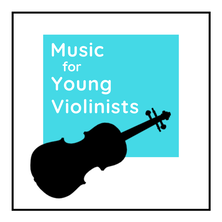|
After spending decades teaching and hours every day watching how the body's posture impacts the instrument's sound, I can not stress enough that the body is the first instrument. One of the most common problems is too much activation in the shoulders. Learn 3 innovative ways to train and teach the release of muscles in the shoulders in this blog post below. When we play the violin, both shoulders tend to tighten up and cause negative issues in our playing. Here are 3 tips to help violinists gain awareness in their shoulders and keep their violin playing healthy. 1- PRACTICE LAYING DOWN This is silly and awkward BUT highly effective. The laws of gravity will help a violinist feel a naturally aligned state in their body when they play laying down. Laying down while playing the violin is an incredible tool for the following three techniques: 1-Teaching the neck to release tension. 2- Supporting the shoulders in finding the base of their sockets. 3- Getting the knees to soften up. Young children love this because it feels like a novelty, however, this practice technique is appropriate for players of all ages and levels. Laying down while playing the violin will create a very unnatural feeling in the bow arm and compromise the sound, but the long-term results of alignment and awareness are more than worth the short-term compromises. 2- TIGHTEN UP: Go to the extreme to build awareness. Tighten up the shoulders as much as possible for 5 seconds and release. I use this verbal cue: "put your shoulders in your ears." After this intense use of muscles, the shoulders will respond with fatigue and rest by staying down in the bottom of their sockets. They may not always stay down for the rest of the lesson or practice session, but this exercise helps develop the necessary awareness to address tight shoulders and fix this problem in violin playing. In addition to creating muscle fatigue and natural inclination to release, this tip will also help a violinist realize the extreme of their range of motion so that they have more control in choosing where their shoulders go when playing. 3- EVALUATE THE CHIN REST AND SHOULDER PAD SET-UP: When was the last time you changed your *chin rest or shoulder pad? Young students with growing bodies have different proportions in their neck-shoulder-arms approximately every six months and, their playing needs are also growing. Chin rests and shoulder pads need to be re-evaluated for younger players on a regular basis because of this continual physical and musical growth. Most of us do not live in a major metropolitan area with a large string supply store to experiment with a variety of gear for our violins. Instead of this, stay up to date and informed of the variety of chin rests and shoulder pads by subscribing to string catalogs (links below). Also, consider the Poly-Pad which I have featured on the “Things I Love” page. This economical shoulder sponge has extra curves than competitors pads and is one of my favorites. When I moved to Oregon 15 years ago I purchased a Poly-Pad in each size and it really helped me individually fit all of my students. Interested in more tips for playing the violin? Below are 3 M4YV tutorial videos on vibrato, pizzicato and bow hold "bunny flips" that share ideas to help you bring out the best in your music making!
How do you help your student keep their shoulders relaxed when they play the violin?
0 Comments
The newest M4YV FREEBIE is a 2-page PDF designed to help students practice string crossings. The recent Oh Danny Boy FREEBIE inspired this resource with its beautiful opening made treacherous by a string crossing. These worksheets help guide a curriculum to master technical elements like this and can be used independently to help with other repertoire.
Let's talk about string crossings. To do this, we must go back into history and remember what made the violin so special. Countless stringed instruments in multiple cultures were strung on resonating chambers, such as the lute, guitar, hammered dulcimer and more (Wikipedia has a nice list if you are curious). However, with the addition of the bow to a stringed instrument with a resonating chamber, we then had a string instrument that could imitate the human voice with sustained notes that are shaped and connected. I believe this is our goal as violinists - to imitate the beauty of the human voice with our *bowing. It is a lifelong pursuit, and the art of crossing strings while maintaining a connected sound is particularly challenging. I tell my students that if someone was closing their eyes and listening to them play, it should sound like it is all being played on a single string. *Specifically for lyrical music, not for specific genres that emphasize other qualities of the violin. So, how do we cross strings with finesse and sonically hide the gaps our bows have to encounter? Working with a skilled teacher will guide a student toward this skill; like many things in our work, it does not compact nicely into a blog post. However, concepts include: 1- Raising & lowering the bow arm to the plain of the string. 2- Anticipating the coming string by changing the angle of the preceding note. 3- Practicing passages with as many bowing combinations as possible to synthesize a connected sound. This last point is where these worksheets are useful. They extract 3 notes in 3 locations of the bow and offer 24 different ways to practice these 3 pitches to develop elegant and singing string crossings. These worksheets were inspired by the opening of Oh Danny Boy (get PDFs of this piece here) but apply to any beginner-intermediate level student seeking support for mastering the skills of smoother string crossings. Can you just teach this concept to students without a worksheet? Absolutely; however, sometimes, a student makes the best use of their practice time with a visual guide. I am always curious to know your thoughts in the comments - how do you teach string crossings? Violin playing is a dynamic and complex learning process that can be cumbersome when the syntax is not built upon existing concepts. Learn 3 misnomers in violin teaching and how to upgrade your languaging for better results. Down Bows & Up Bows: Since the bow moves in lateral directions, left and right, the actual words "up" and "down" do not correlate with the motions and can confuse both young violinists and their parents during home practice. For violin players having difficulty integrating the words "down" and "up" into their playing, consider substituting the words "open" for down bows and "close" for up bows. Open refers to the arm opening up straight for what is termed the down bow, and close refers to abducting the forearm in what is termed an up bow. The Chinrest: I always told my students that if I could go back in time, I would change the term "chinrest" to "jawrest" since it's a misnomer. In reality, the chin is not involved in violin placement, and it is the jaw that contacts the face of the violin. This terminology has befuddled more than one student in my career, and they tried defeatedly to place their chin there. It is useful to point out this discrepancy so that the violin posture is not inadvertently misinterpreted during home practice. Learn about my favorite type of "chinrest" HERE. High and Low Fingers: Words like "high" & "low" are confusing to beginning violin students while still learning how to play the instrument because these words are associated literally and do not yet connect with pitch vibrations. Consider altering your instruction to be a description location like "closer to the bridge (or nose)" and "closer to the scroll" instead for more efficient results in the initial stages of learning these distinctions. Learn a neat trick for teaching "low" 1st fingers HERE. Have a languaging teaching tip?
Please share in the comments below. Learn a 5 part progression for teaching rhythms to violin students using the Blue Jello Cards from the Music Mind Games materials + 4 additional ways to integrate advanced students in multi-level classes. 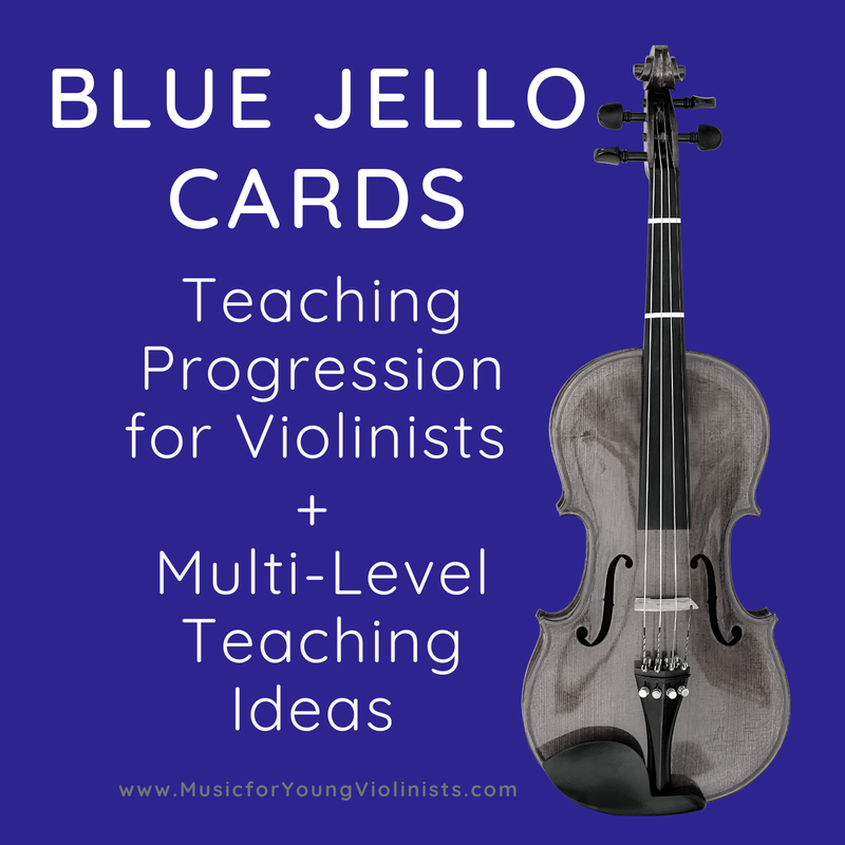 Music Mind Games is a music theory curriculum created by Suzuki Piano teacher Michiko Yurko, and it involves a series of colorful materials and progressive games for teaching music theory to children. The entire curriculum is one of the best I have ever seen for effectively teaching complex concepts in natural, developmentally appropriate ways for children. As I progressed in my violin teaching career, the reality of limited time pushed me to narrow my music theory offerings, and the one thing I kept teaching consistently from the extensive Music Mind Games curriculum was the Blue Jello Cards used for teaching rhythm note reading. I developed a 5 part approach for using these for violinists and four challenges to engage and integrate my more advanced students in multi-level teaching situations. On a fun, personal note, I credit the effectiveness of the Music Mind Games curriculum for spawning my career as a composer. After many years of teaching the basics using the Blue Jello Cards, my rhythmic dictation got so strong that I would transcribe different languages into rhythms in my head when I traveled to different countries and use these to compose music. In this video, learn a progression using the Blue Jello Cards from the Music Mind Games curriculum specific for benefitting violinists. The progression shared in the video is: 1- Speak cards (optional hand symbols). 2- Sing in ascending scale. 3- Air bow while speaking/singing. 4- Play on an open string. 5- Play as an A major scale. * Add marching to any of these steps. Have multi-level classes? Learn four additional ways to integrate advanced level students in a challenging and engaging way: 1- Stay on the same open string pitch as the rest of the group but do each card in a different position (i.e., 1st card in III positions, 2nd card in IV position, 3rd card in II position, etc.…) 2- Again, stay on the same open string pitch as the rest of the group but play each beat in a different position (II, III, IV, III, II, I, etc.…) 3- Play a different scale for each card. 4- Improvise a melody. Learn more at www.MusicMindGames.com. More Ideas from M4YV for Teaching Music Theory: Pipe Cleaners & Music Theory/ Blue Jello Cards - Learn a cheap, hands-on, colorful, and easy clean-up activity to support teaching music theory and the Blue Jello Cards to young musicians. The Magic Bag - a Metaphor for the Learning Process - Learn a "magical" way to create a learner's identity in young students using the Blue Jello Cards. How do you teach rhythm and/or music theory in your studio? Let us know in the comments below.
Warm-Up Routines for Violin (tutorial video & PDF chart) uses a simple but powerful open string exercise to learn 13 different technical exercises for beginning, intermediate, and advanced level violin. This resource is for both teachers and students. Teachers can use this to help create a framework of goals to help their students advance the quality of their music-making while developing technique and tone production. This resource is also designed for students to identify what level they are at and take responsibility for ensuring they accomplish the expectations that should be studied at that level. By the end of this tutorial you will learn: 1- Why it is so important to do this warm-up, holding on to the edge of the violin even if you are no longer a beginner. 2- Another reason why every violin teacher should purchase a roll of painter's tape (seriously, this stuff has no end of useful purposes & you will thank me later). 3- A weird but super cool way to use the violin to play the bow (yep, that's not a typo, you read that correctly). Watch the tutorial video below and download the free accompanying PDF chart on the M4YY FREEBIES page. Learn more about the "Violin Teaching Supplies - From a Hardware Store" video referenced in the Warm-Up Routines for Violin tutorial below. Learn more about the "Tiger Paws & Table Corners" technicals also referenced in the Warm-Up Routines for Violin video below. Did you know there are 4 ways to do the "spider crawls" on the bow? Learn all 4 ways, neat tricks for teaching and learning these and get introduced to the ultimate challenge with a short tutorial video below. Guest author Adrian Martinez helps tackle one of the most popular questions - how long does it take to learn how to play the violin? How long does it take to learn the violin? We’re going to start by responding to this question with what is perhaps the most frustrating answer: it depends. First, it depends on what you mean by “learn.” Within a day, you might possibly be able to play a few notes - within a week, you might be able to play those notes in a way that kind-of-sort-of sounds like a song. You might then say you’ve “learned” the violin. On the other hand, if you’re asking how long it takes to master the violin, you might fall back on Malcolm Gladwell’s 10,000 hours, or you might be really impish and say that absolute mastery is impossible. After all, music is ever-growing and changing, and even micro-adjustments to technique can produce totally different sounding songs. We might then look at the extraordinary variety inherent in humankind. There are so many different students, each with different levels of experience. Someone who has played the guitar before might find it easier to develop a left-hand technique than a total novice. On the other hand, another guitarist might find the lack of frets daunting and disorienting, which could curb their progress. How you’re learning can also be a pretty important factor. Whether or not you’ve got a personal instructor, if you’re taking online music lessons, if you have access to sheet music, or you’re just trying to guess for yourself. Other factors include:
Of course, you’re not here reading this blog post for the answer “it depends” - though elaborating on why it depends can help you narrow down what your goals and potential barriers might be. We’re going to make some assumptions, then. We’re going to assume you’ve never played an instrument before, you don’t know any music theory - that you’re basically a complete beginner. We’re also going to assume you practice for around 5-6 hours a week (an hour a day with a day or two off or 45 minutes every day) and that you have a teacher. Month 1:The first month is all about the absolute basics. You’ll learn how to hold the violin and the bow (and yourself). You’ll also learn the basic anatomy of a violin. It’s unlikely that you’ll use the fingers on your left hand during the first month; instead, you’ll focus on your bow technique. You will do exercises like this & this (click on the links for some fun YouTube tutorial videos from M4YV). You’ll also begin to learn the basics of music theory - mainly how to read sheet music. Learning about music theory is an ongoing discipline. There’s an incredible depth, diversity, and richness to theory, especially once you start going outside of the Western canon, so there’s a lot to learn here.
|
||||||||||||||
| |
In an attempt to help her master down and up bows, I created the 7 Bowing Studies for Beginning Level Violin in the Keys of A,D & G Major. Since the focus of these studies is bowing they are kept to one octave and done 3 times in keys with parallel finger patterns (A, D & G Major) for ample repetition of the bow strokes and to keep the left hand as simple as possible.
These exercises can be used in two ways:
1- Individually to help with a specific technique needed in repertoire.
2- As a series for students who need more support organizing their down and up bows.
Features of this resource include:
- Each measure in all of the 7 bowing studies begins with a down bow for consistent training of this motion.
- The pages are designed to flow with the first exercise supporting the second on the page and so forth.
- Technical elements that are covered include string crossings, slurs, rhythms, marching with feet, circle bows (lifts) and stopped bows.
Some of the items listed here are things that have stood the test of time and worthy of praise such as my Korg metronome which has been dropped 100 times in 15 years, rarely needs a battery replacement and still works fine. Other resources may be lesser known products worthy of spreading the good word about like the Poly-Pad shoulder sponge. This page will be growing on a regular basis so please check back soon.
Featured on “Things I Love” is Helping Parents Practice (Ideas for Making it Easier) Volume 1 by Edmund Sprunger. This is HANDS DOWN my favorite resource to use in supporting parents practicing with their children. I appreciate this book so much that I have practically underlined every sentence in my copy because it is so clarifying and poignant.
Sprunger combines decades of experience teaching Suzuki violin with his formal training in psychology to offer wise and compassionate perspectives that will elevate a parents understanding of why their child is responding or behaving in a certain way. He also offers solutions that are effective and healthy for addressing these specific situations.
The book is divided into sections by practice topic and then further broken down into 2-5 page solutions for specific scenarios that a parent would encounter while helping their child practice. This concise organization was done with the busy teacher/parent in mind and makes it an especially convenient tool because you can look up your immediate situation without having to read an entire book.
Thank you Ed and please let us know when Volume 2 is available. Learn more about Ed Sprunger and his resources HERE.
To celebrate this new page we are giving away Ed Sprunger’s new book: Building Violin Skills: A Set of Plans Designed to Help Parents and Children Construct Positive Practices.
(7%-38%-55% Rule)
From the 1-Minute Pedagogy Series
Please feel invited to continue the dialogue with your own ideas in the comments on the blog or youtube channel below. I apologize for the silly grin in some of these videos. I could not help but have a gigantic smile on my face when I filmed these because I was remembering so many special people that deeply you touched my life.
To view all 6 videos in this series click HERE.
One of the preeminent researchers and authors of nonverbal communication, Albert Mehrabian, asserts that in some cases only 7% of communication is contained in the vocabulary words, 38% in the body language and the remaining 55% expressed in the "liking" or attitude of the sender. The 7%-38%-55% Rule is contextual and DOES NOT apply to every communication scenario but is useful to bring up because it helps us think about communication as being a composite of vocabulary, body/facial motions and our inner attitudes and beliefs imprinted on the message.
In the video above I share some of the ways that I communicate non-verbally with my students. I would love to hear about what special non-verbal ways you have developed to communicate and connect with your students. Please share in the comments below.
From the 1-Minute Pedagogy Series
Please feel invited to continue the dialogue with your own ideas in the comments on the blog or youtube channel below. I apologize for the silly grin in some of these videos. I could not help but have a gigantic smile on my face when I filmed these because I was remembering so many special people that deeply you touched my life.
To view all 6 videos in this series click HERE.
Words go through our ears and into our brain where they can be interpreted in a multitude of ways which may not even match the intent of the instructor. Touching a body part relevant to the technique being studied, modeling with our own playing and reserving enough space in the lesson time to accomplish enough repetitions so the student can synthesize the information and correctly repeat in their home practice are integral to a successful learning experience. Certainly language is helpful in the process but if we talk too much we are not as effective as if we balance our teaching with training the muscle memory and inflecting meaning into the music. Additionally, we can use the tone of our voice, the spacing between words and facial gestures to communicate a sense of awe and wonder for this incredible process of learning music and stress the priorities of our teaching points.
SILENT TEACHING CHALLENGE: If you really want to have some fun with this, take out a timer and have a playful challenge with your student or class to see how long you can go without speaking. You will be amazed at how this captivates your students while preserving your energy and best of all this is very effective for getting focused work accomplished.
How do you communicate with your students in your teaching? What are some ideas you have for non-verbal teaching techniques? Please share in the comments below.
The Violinist Athlete and Injury Prevention, Part 1:
- The prevalence of injuries in teenage violinists
- The most common reason for injuries (overuse in repetitive movements)
- Explanation of what is happening in the body that leads to an injury
- Common injuries: tendonitis, bursitis & nerve entrapments
- Why females are more vulnerable to injuries
- Strategy for treating injuries
- The power of visualization
- How to treat an injury should it occur
- Neat information on how the body heals itself
- Warm-up (start with slower music)
- Avoid cramped practice conditions
- Use proper posture/seating
- Split practices (2 short instead of 1 long)
- Take breaks every 25 minutes
- Resume practice gradually after vacation
- Time management
- Avoid overtraining
- Be aware of physical limitations when choosing repertoire
- Heed the warning of pain
- Avoid long, loud and stretched passages
- Exercise regularly
- Relax when stressed
- Avoid practice when overtired
- Allow for an adjustment period with changes of teacher, repertoire or ensembles
This terminology can confuse young violinists and their parents in the beginning. It is useful to point out this discrepancy so that the violin posture is not inadvertently misinterpreted during home practice.
Categories
All
Arpeggios
Art & War
Beginning Violin Music
Blue Jello Cards
Boil Them Cabbage Down
Bow Hold
Bowing
Bucket Board
By Ear Tune
Cello
Check Off Chart
Check-Off Chart
Chinrest
Christmas Music
Coloring Sheets
Contest
Double Stops
Dream Trees
Easy Violin Music
Fiddle
Fiddle Music
Finger Patterns
Finger Placement
Flash Sale
Folk Music
FREEBIES
Free Gift With Purchase
Free Holiday Music
Free Sheet Music
Free Violin Music
Fun
Games
Giveaway
Goals
Gratitude
Group Class
Hand Washing
Holiday Music
How To Attract Students
How To Build Studio
How To Buy Violin
Human Potential
Humor
Injury Prevention
Inspiring String Players
Intervals
Itzhak Perlman
Jingle Bells
Jingle Bells For 2 Violins
Jingle Bells For Beginning Violin
John Kendall
Joy
Key Chain
Kindness
La Folia
LARGE Print Music
Left Hand Technique
Make Practice Fun
Marketing Strategies
Mary Had A Little Lamb
Memorizing Music
Misnomer
Mixed Level
Mozart
Music
Music Education
Music Heals
Music History
Music Mind Games
Music Theory
Music-theory
Nursing
Ode To Joy
Parenting
Pedagogy
Performance Anxiety
Performing
Pinterest
Practice
Practice-chart
Practice-charts
Practice-videos
Practice-videos
Practicing
Praeludium & Allegro
Prize
Purchasing-a-violin
Quartet
Questions
Recital-preparation
Rhythm
Sale
Sarajevo-string-quartet
Scales
Searmi-park
Sheet Music For Violin
Shinichi-suzuki
Shoulder
Shoulder-pads
Shoulder-pads
Sight Reading
Spider Crawls
S-suzuki
Sticker
String Crossing
Students
Studio-building
Studio-building
Studio-policies
Subdivision
Summer-institutes
Suzuki-violin
Suzuki-violin
Teaching
Technique
Third-position
Time Tracker
Toys
Twinkle
Twinkle Little Star
Twinkle-little-star
Updates
Vibrato
Video-tutorial
Viola
Violin
Violin Cases
Violin Hack
Violin-hack
Violinist
Violinists Health
Violin Notes
Violin Pedagogy
Violin-pedagogy
Violin Practice
Violin-practice
Violin Practicing
Violin Sheet Music
Violin Teaching
Violin-teaching
Violin Teaching Tip
Violin-teaching-tip
Virtual Lessons
Vivaldi
Young Violinists
Archives
February 2024
January 2024
December 2023
November 2023
September 2023
August 2023
May 2023
April 2023
October 2022
September 2022
July 2022
June 2022
December 2021
November 2021
October 2021
September 2021
August 2021
July 2021
June 2021
May 2021
February 2021
January 2021
December 2020
November 2020
October 2020
September 2020
August 2020
July 2020
June 2020
May 2020
April 2020
March 2020
February 2020
January 2020
December 2019
September 2019
June 2019
May 2019
April 2019
January 2019
December 2018
November 2018
October 2018
September 2018
August 2018
July 2018
February 2018
December 2017
October 2017
September 2017
August 2017
February 2017
January 2017
December 2016
November 2016
October 2016
September 2016
August 2016
July 2016
June 2016
April 2016
March 2016
February 2016
January 2016
December 2015
November 2015
October 2015
September 2015
July 2015
June 2015
April 2015
March 2015
February 2015
January 2015
December 2014
November 2014
October 2014
September 2014
Author
Hi! It's me, Heather. I absolutely love working on the Music for Young Violinists project and all the many facets: blogging, website, music, teaching materials, freebies, videos, newsletter and giveaway contests. The best part is connecting with you so feel free to drop me a line. You can learn more about me on the "ABOUT" page. Thanks!
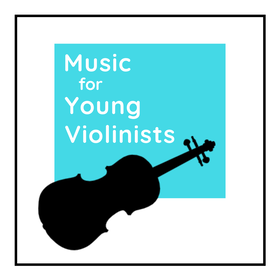
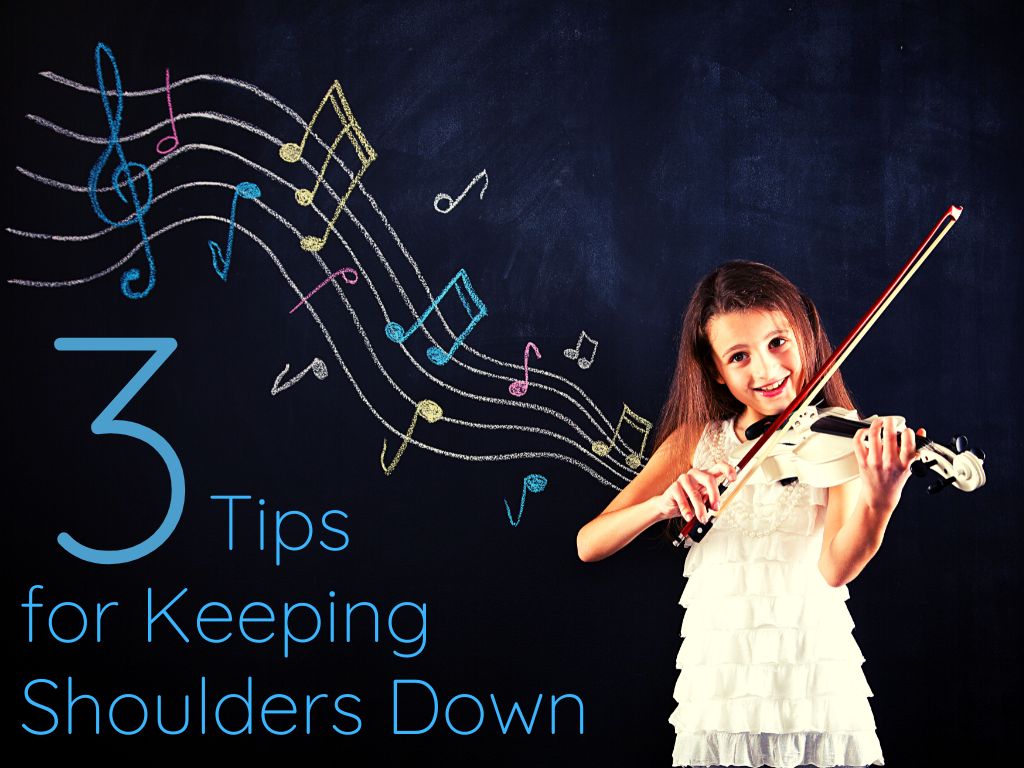
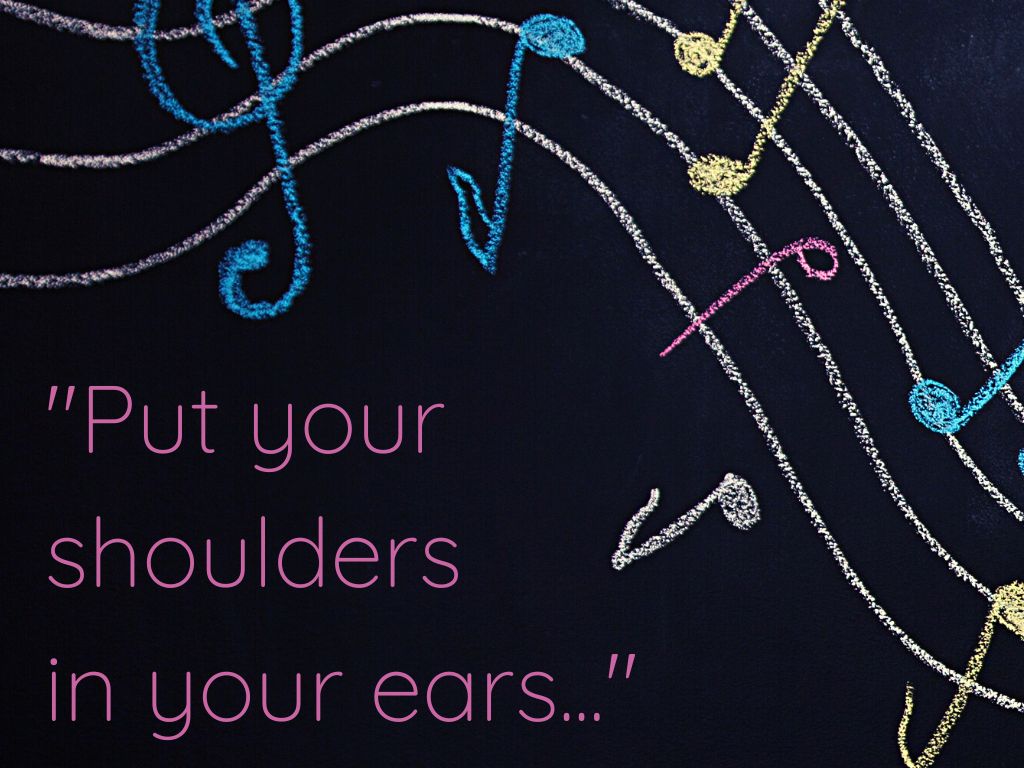
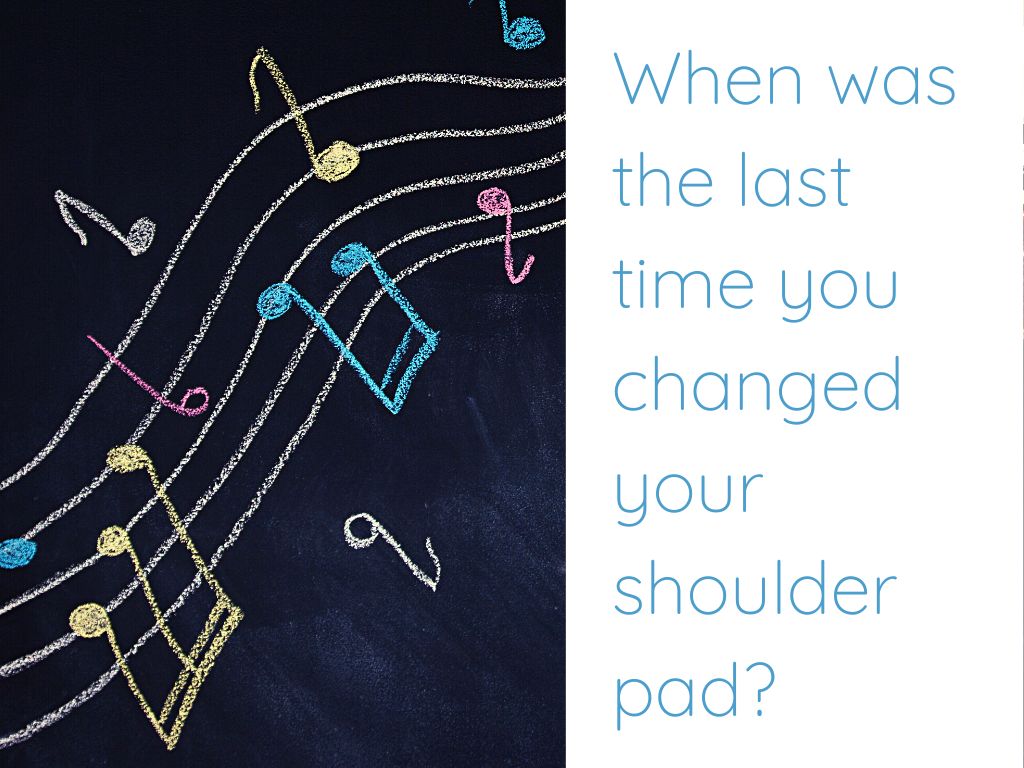
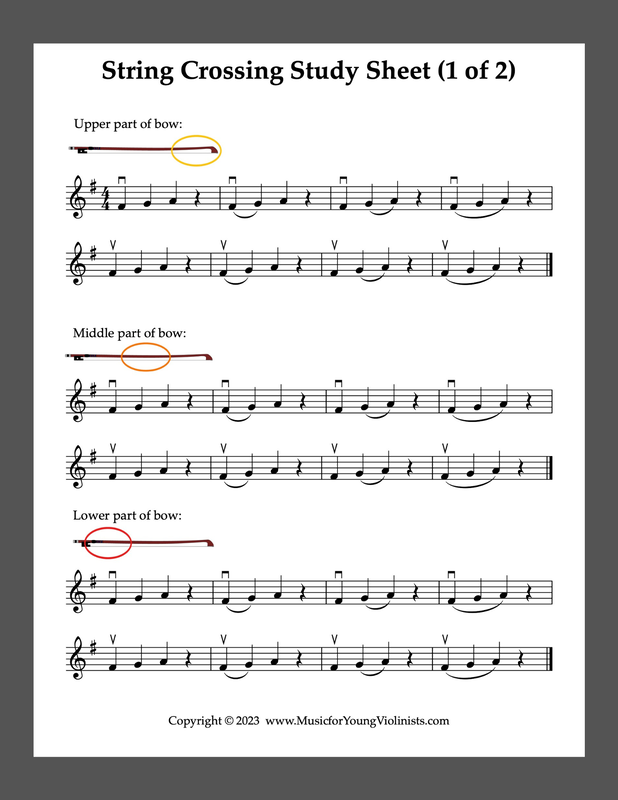
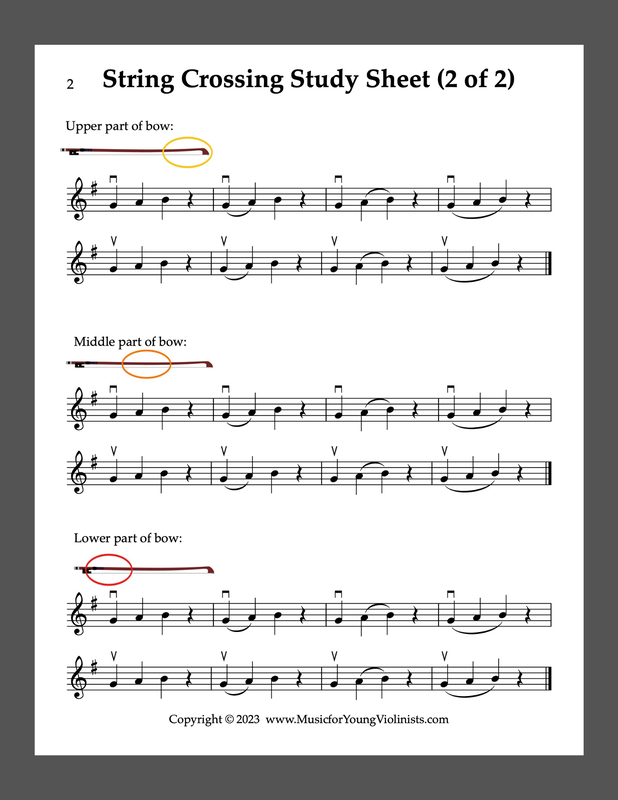
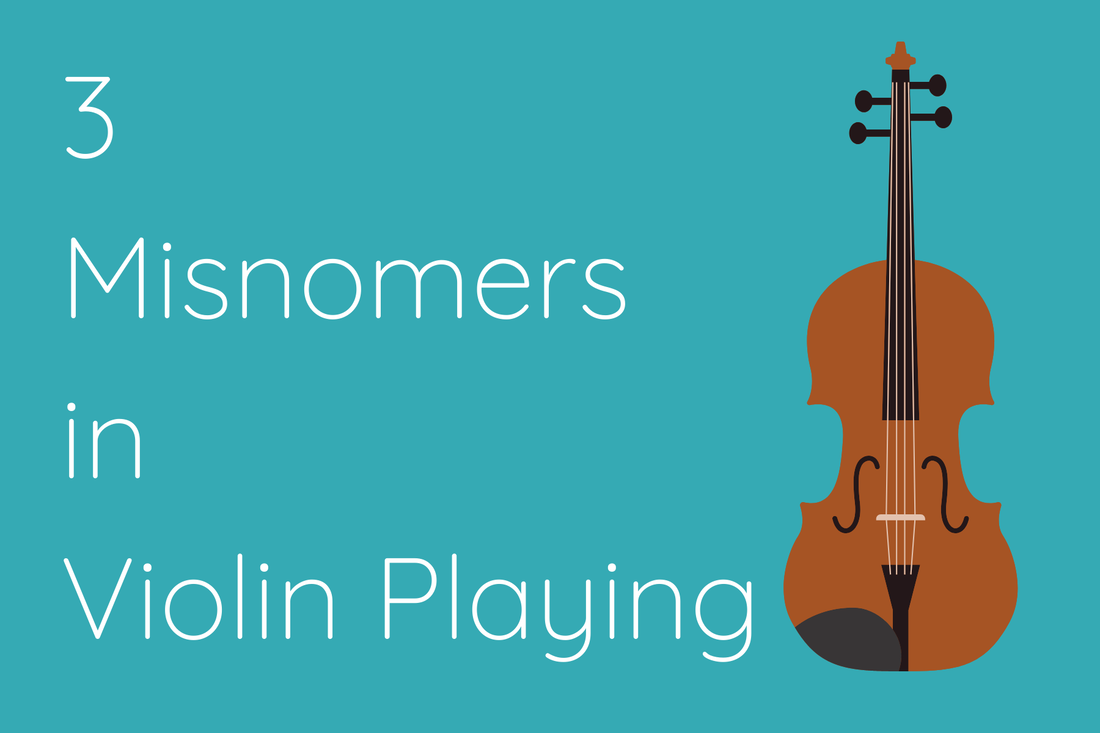
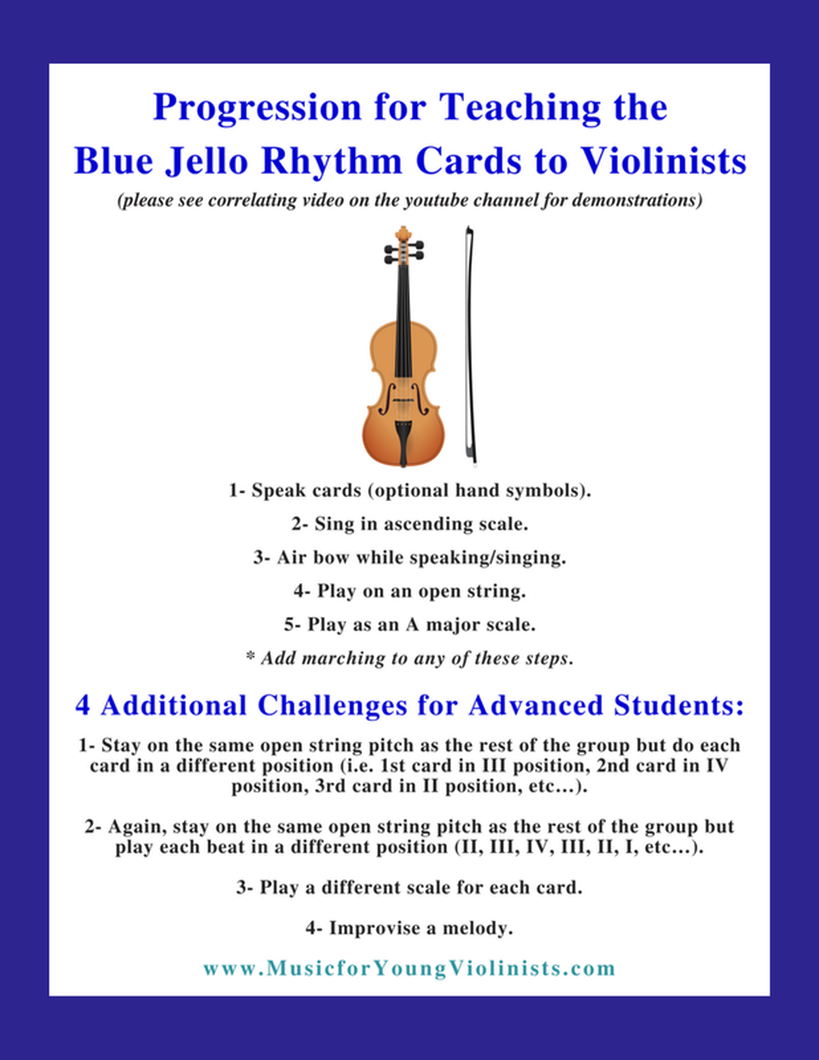
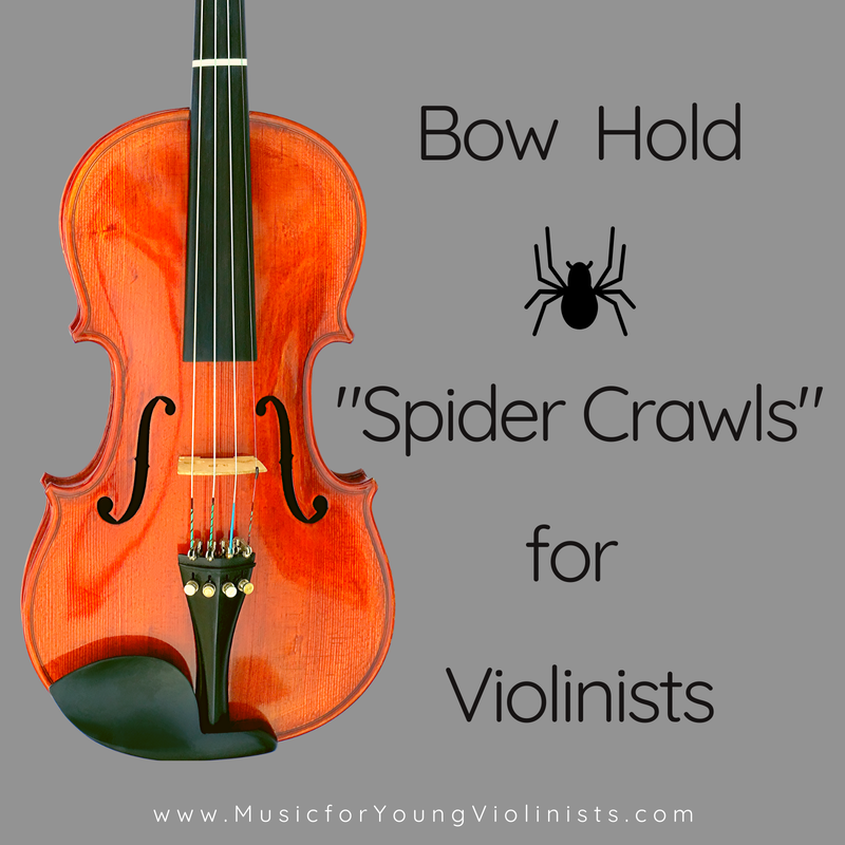
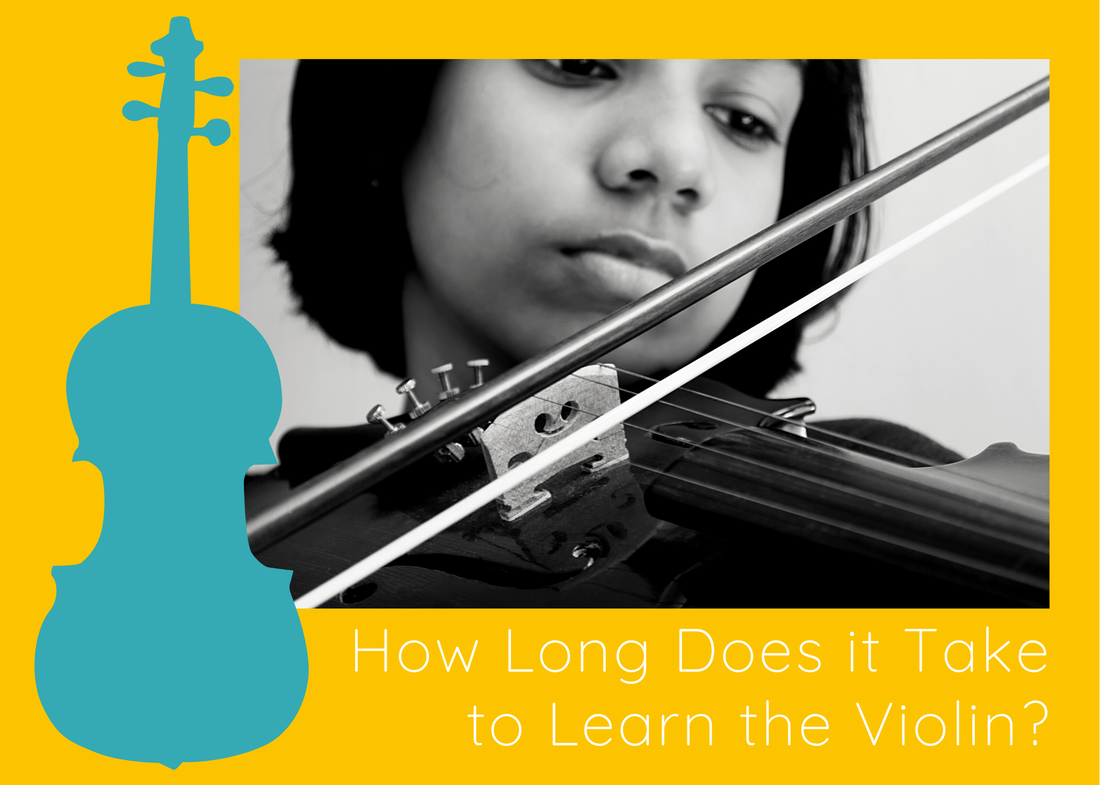
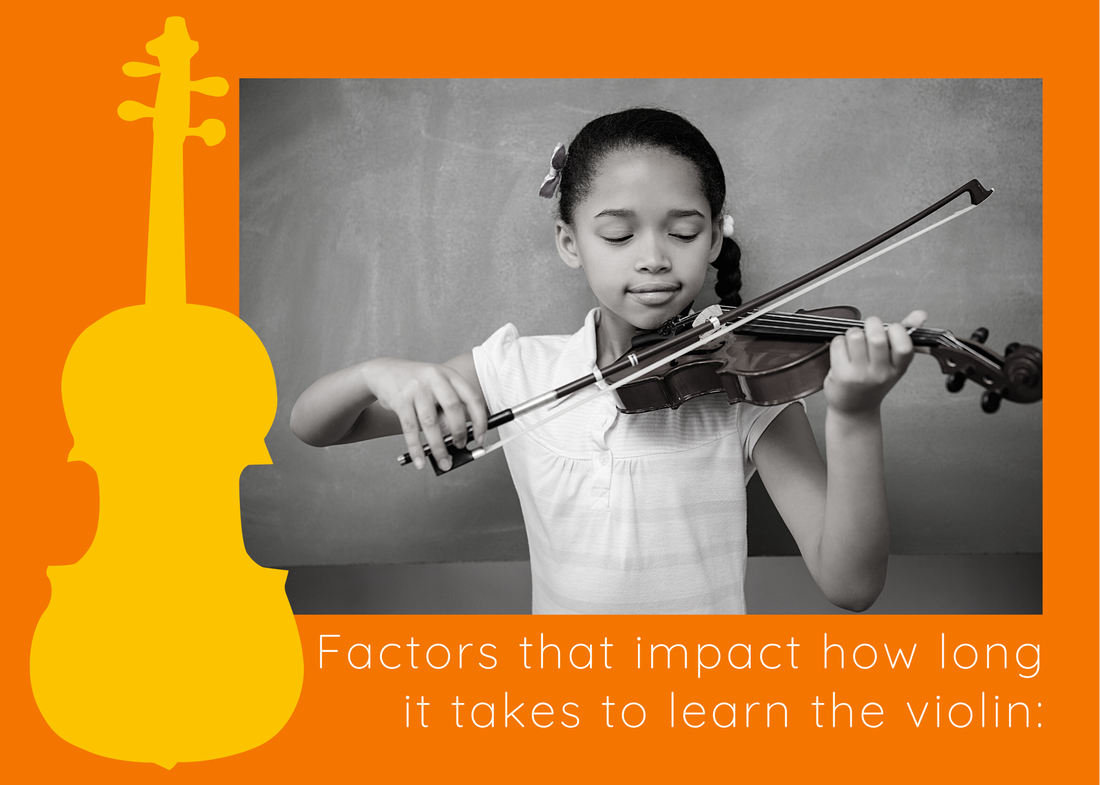
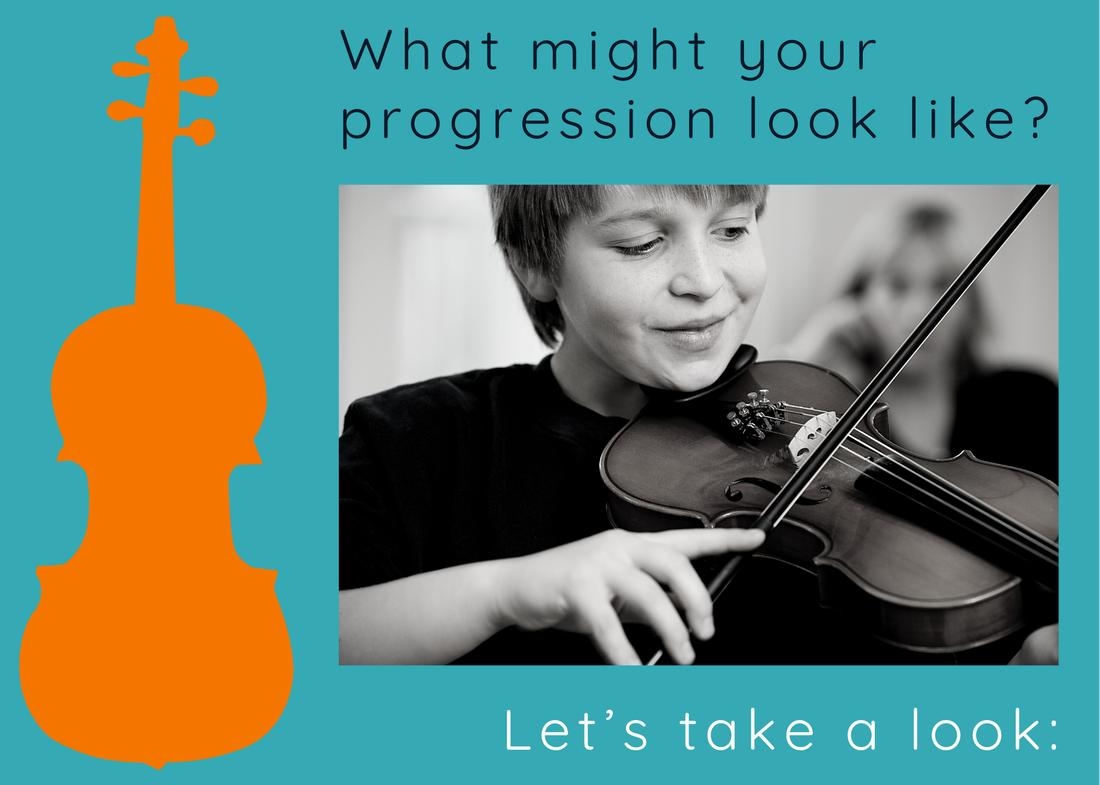
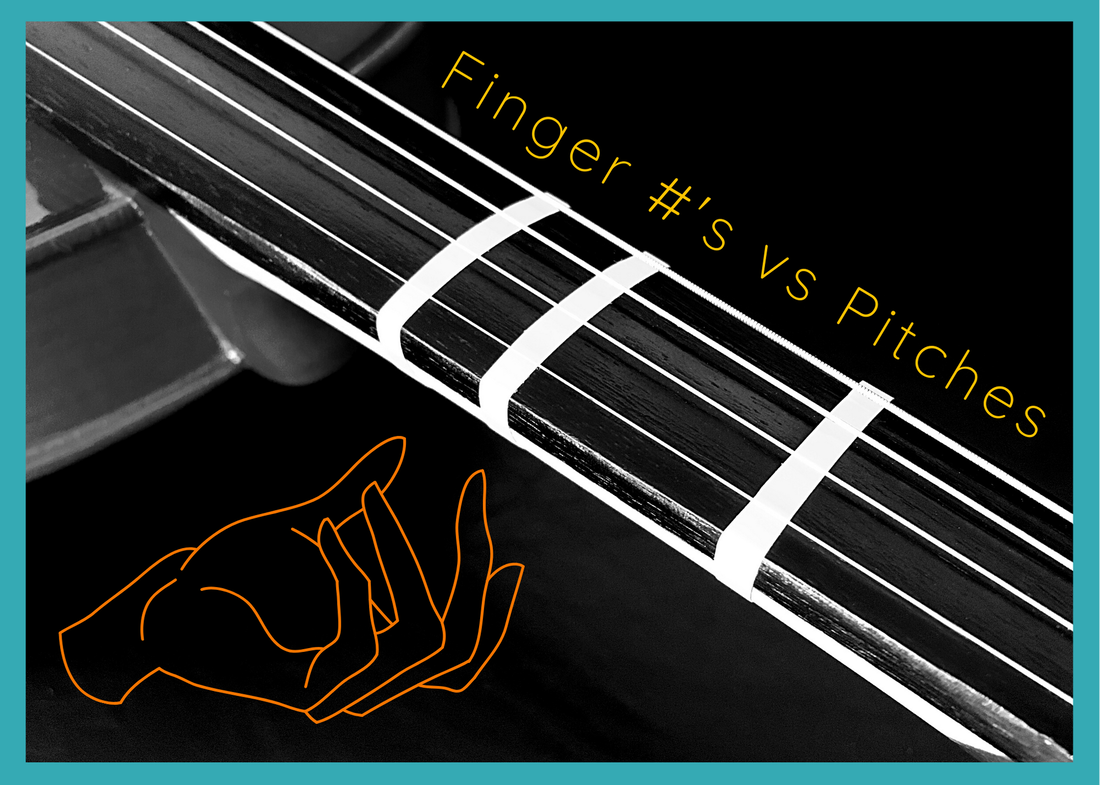
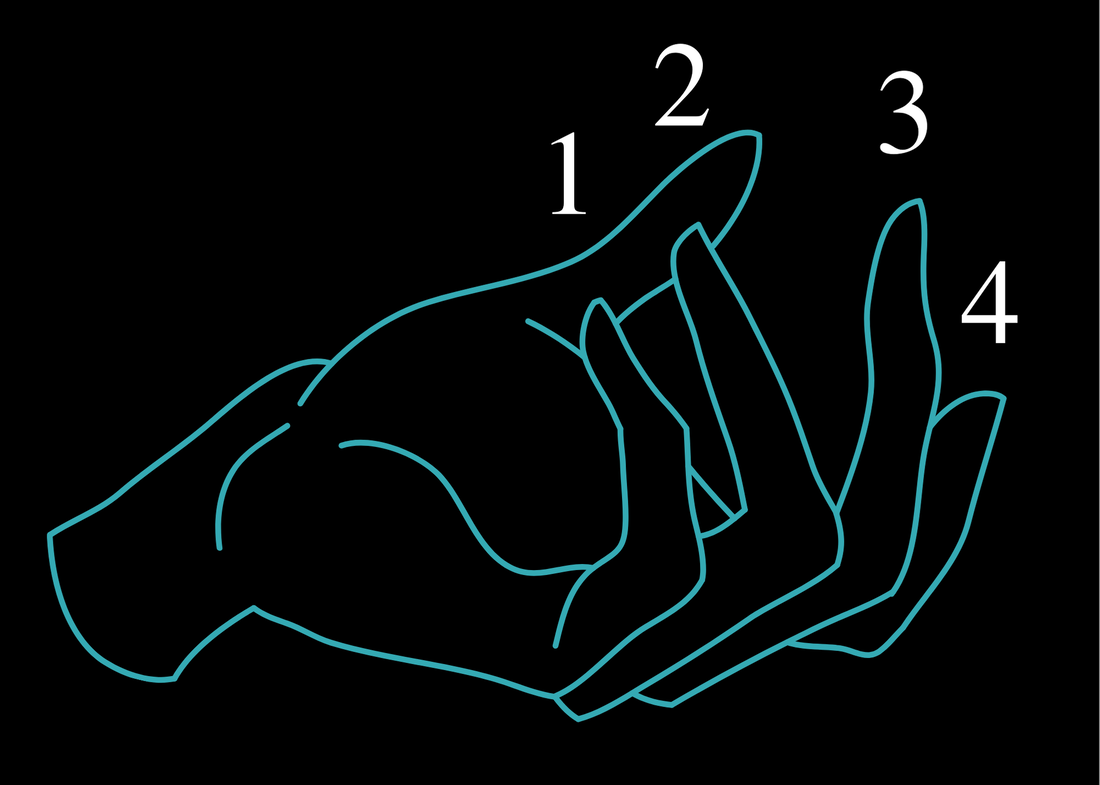
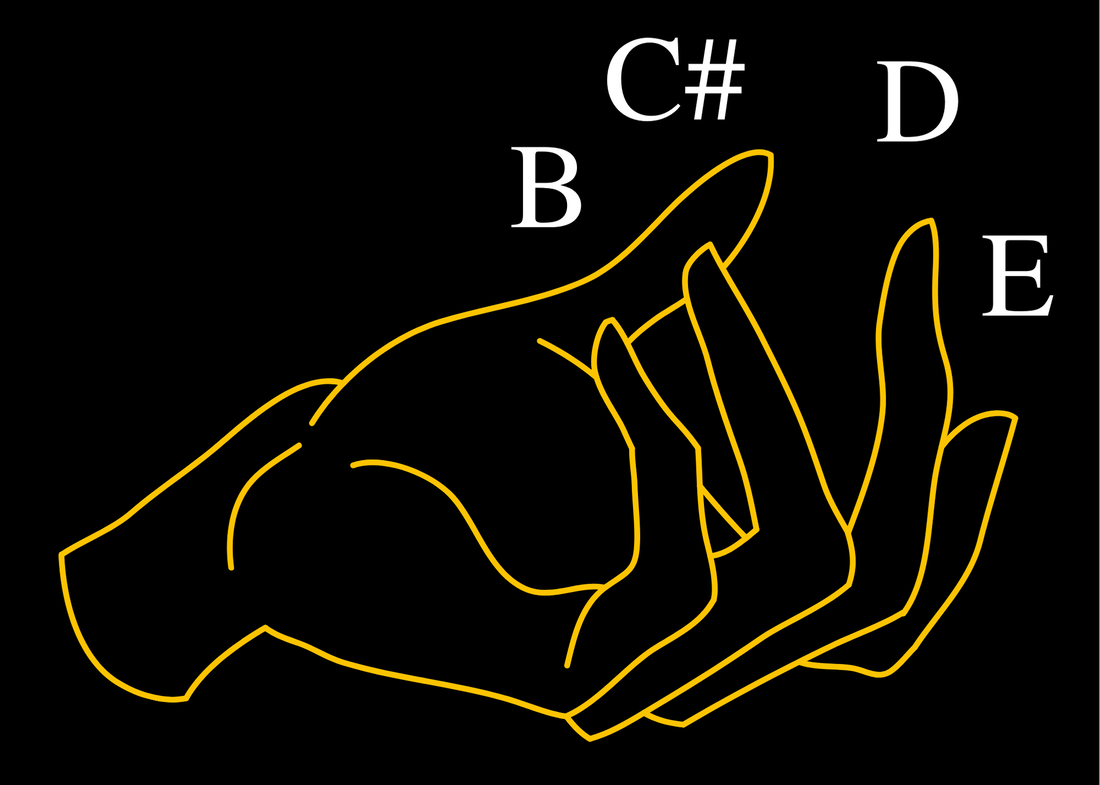
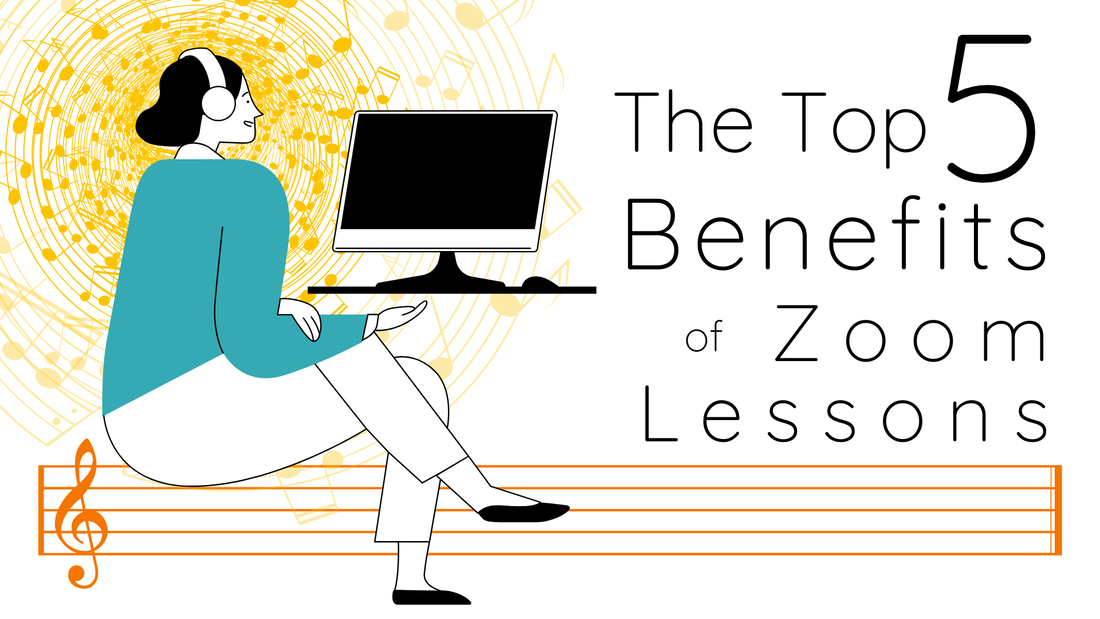
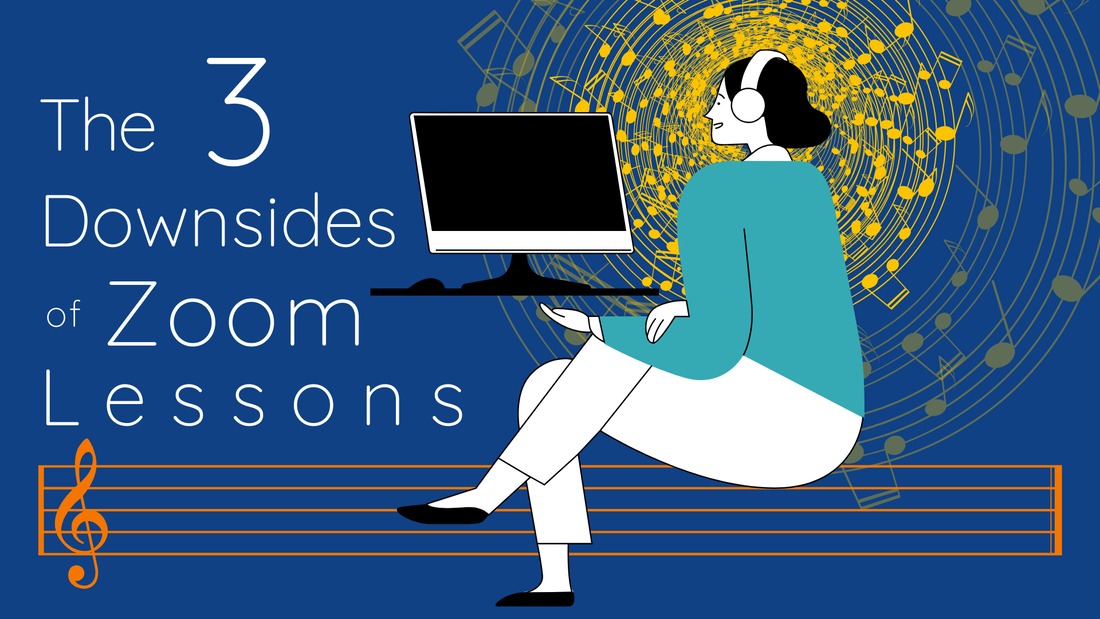
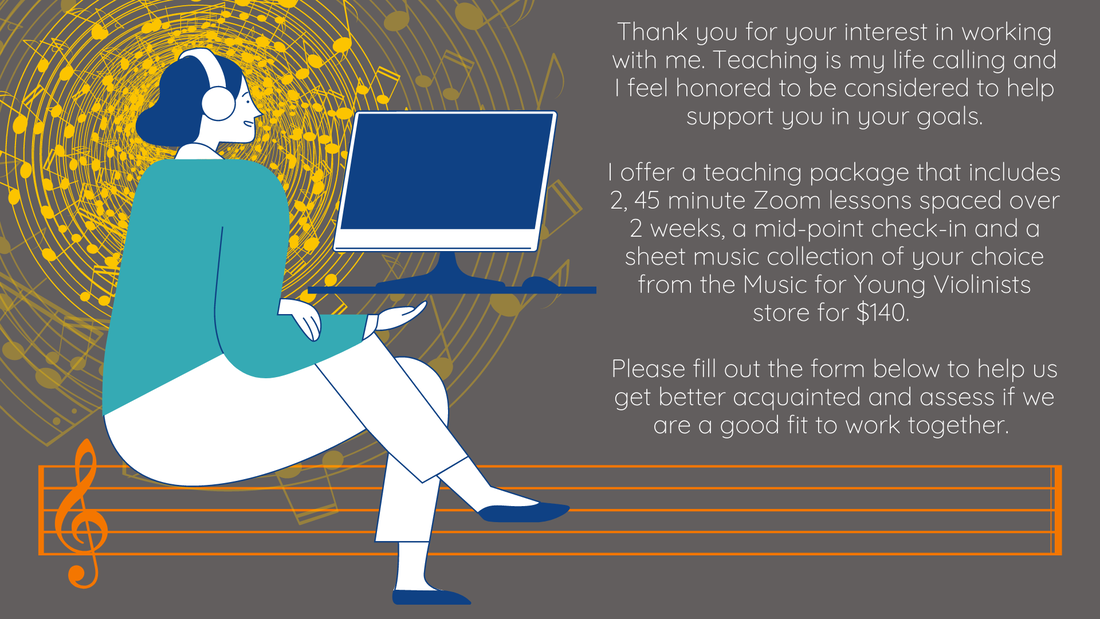
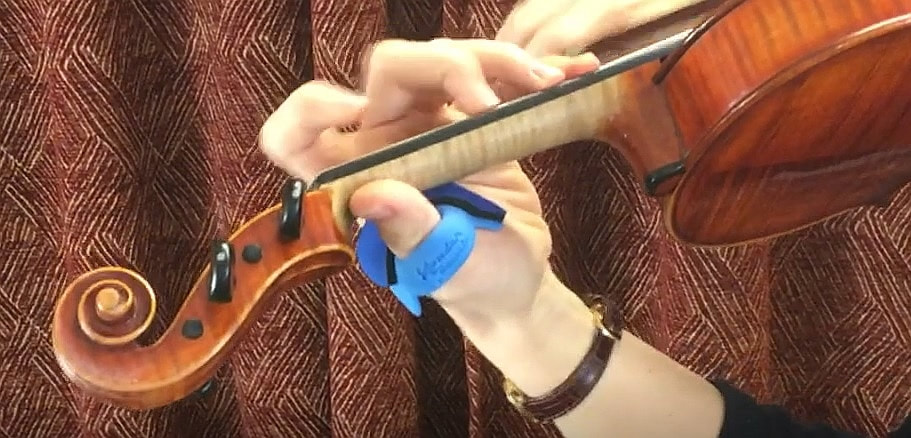
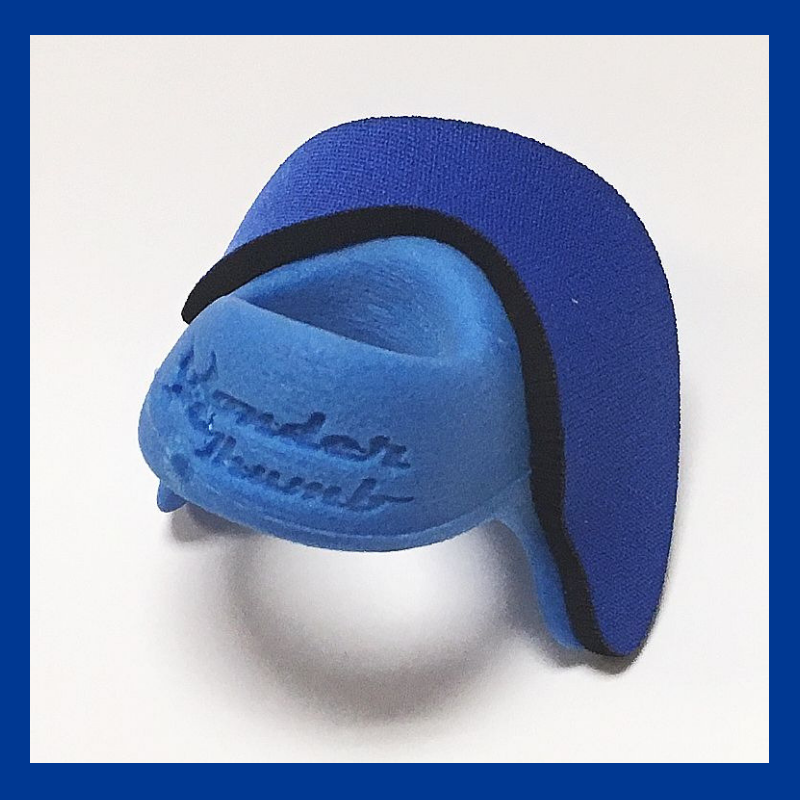

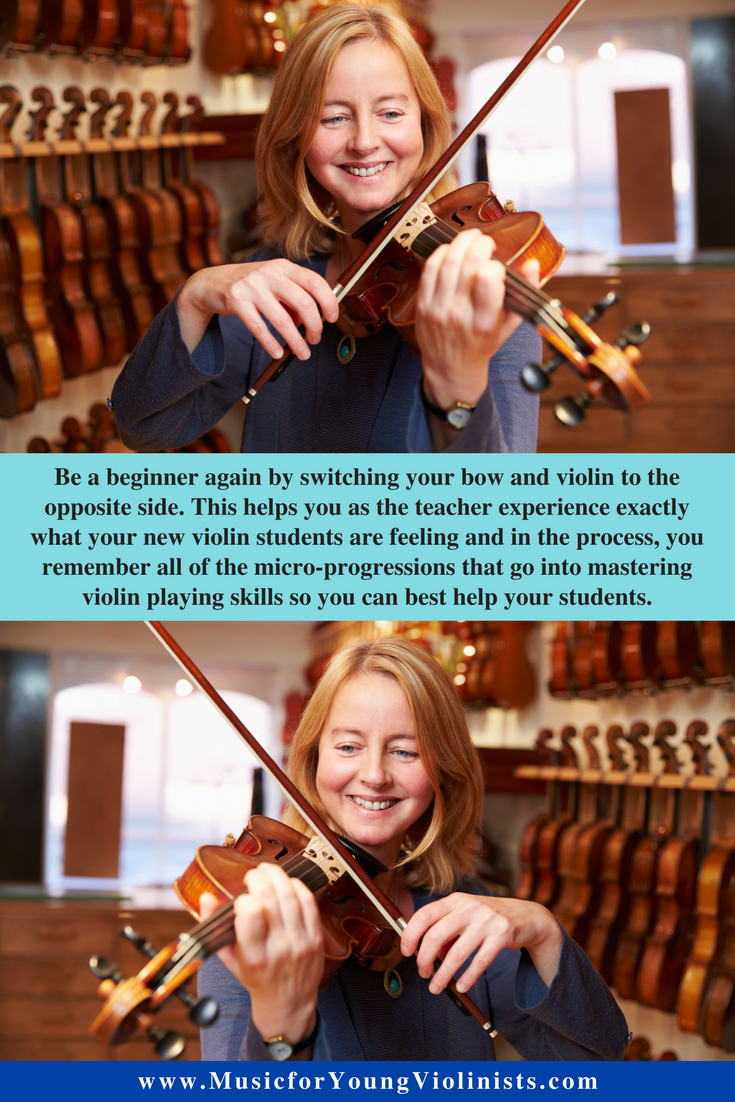
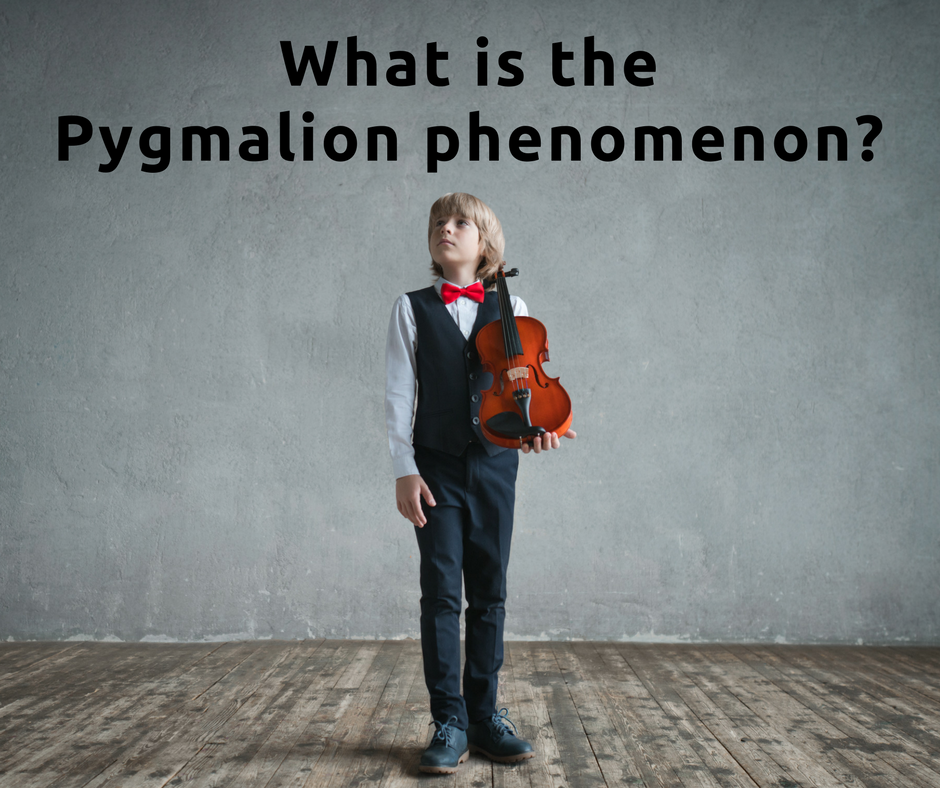
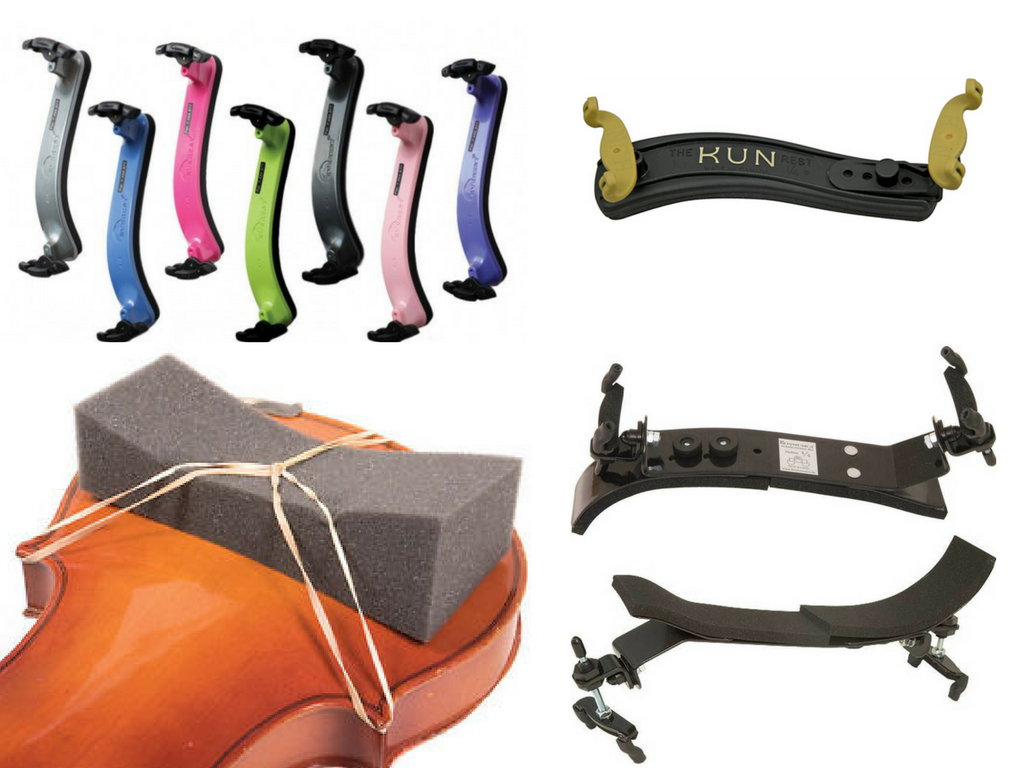
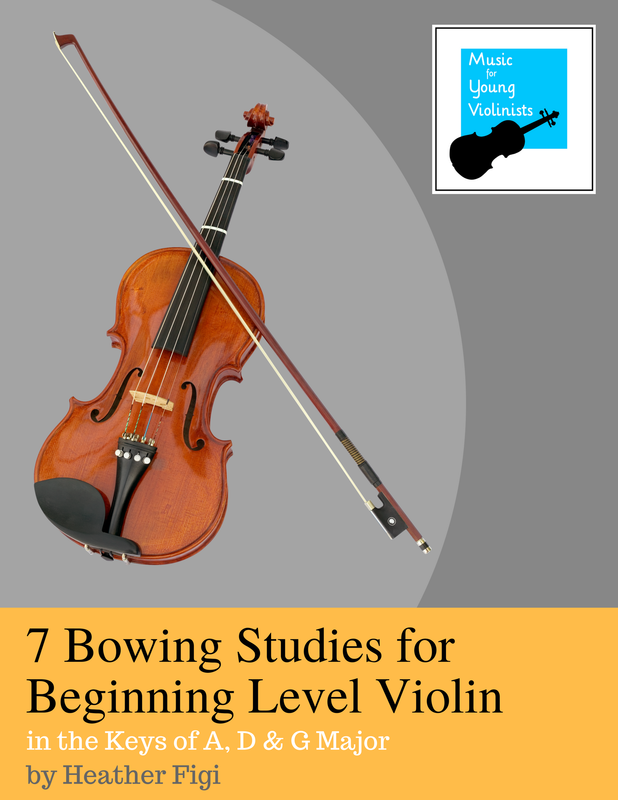
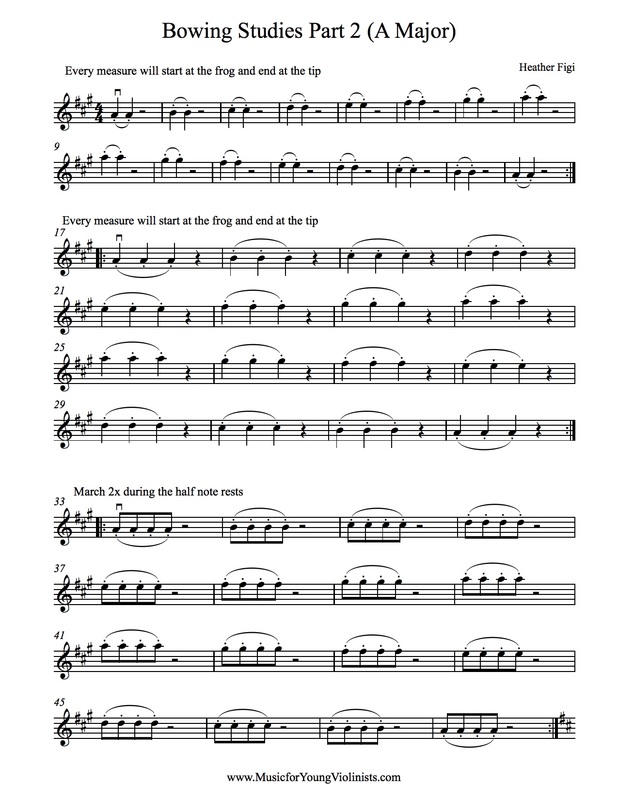
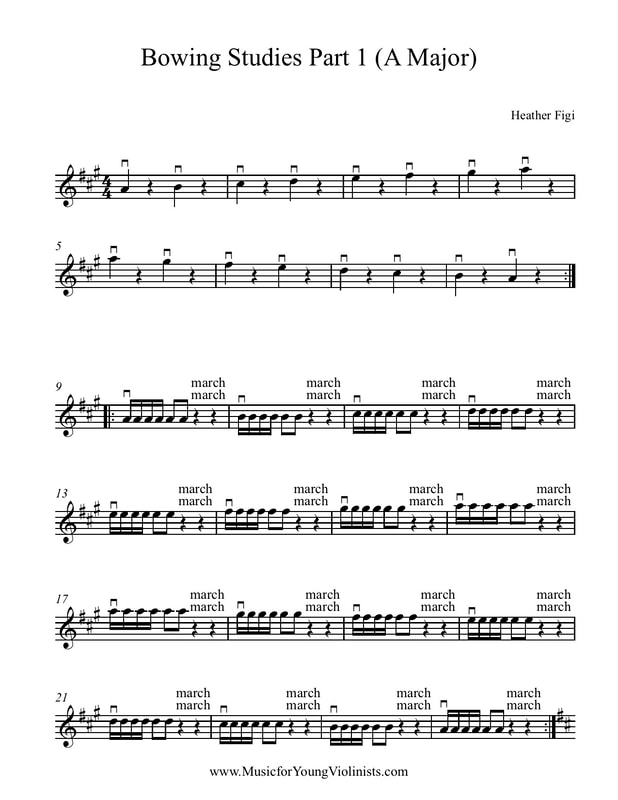
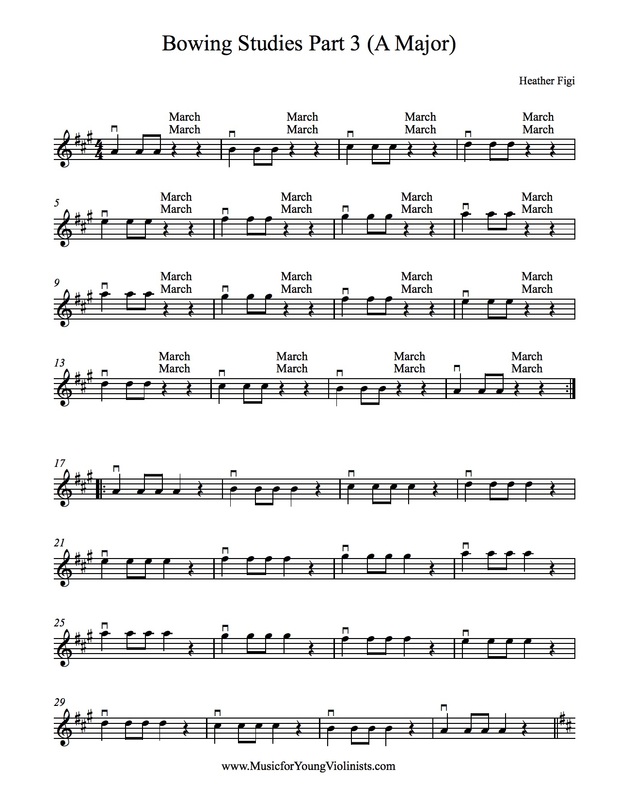
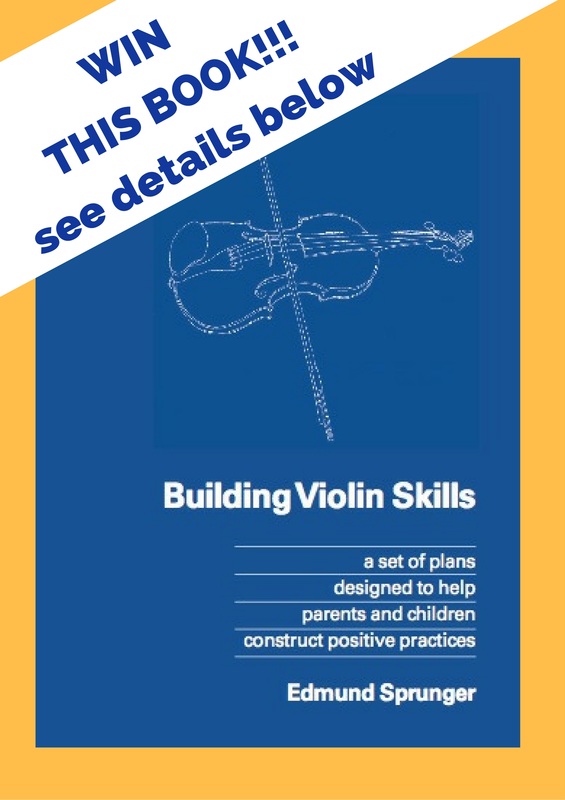
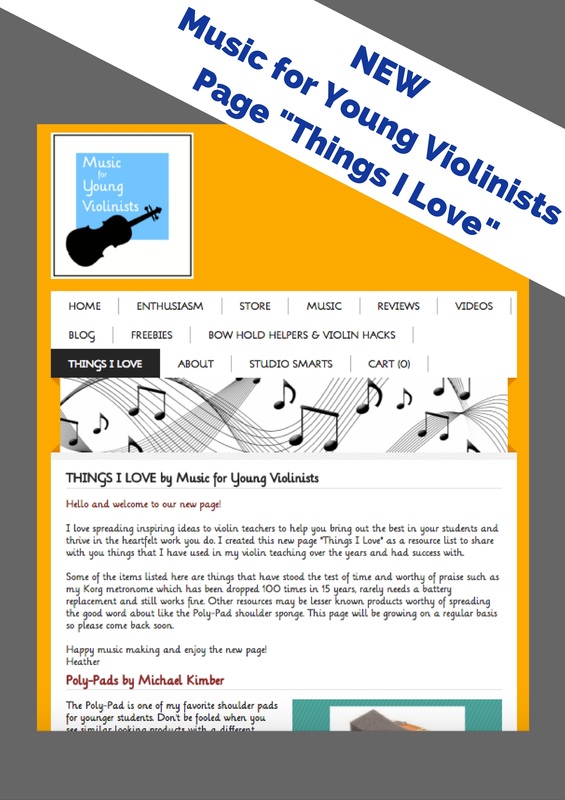
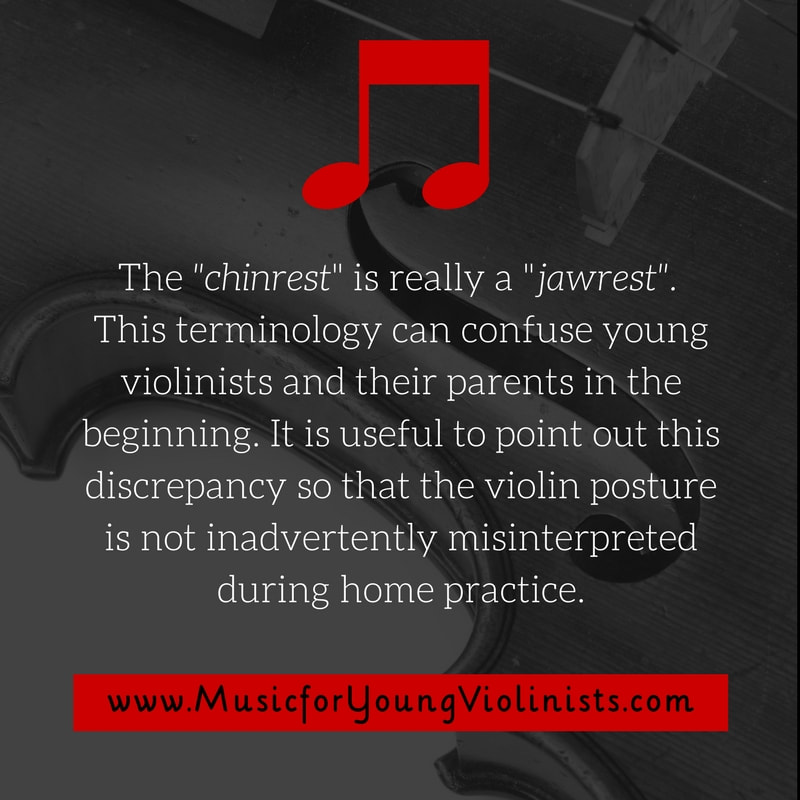
 RSS Feed
RSS Feed
